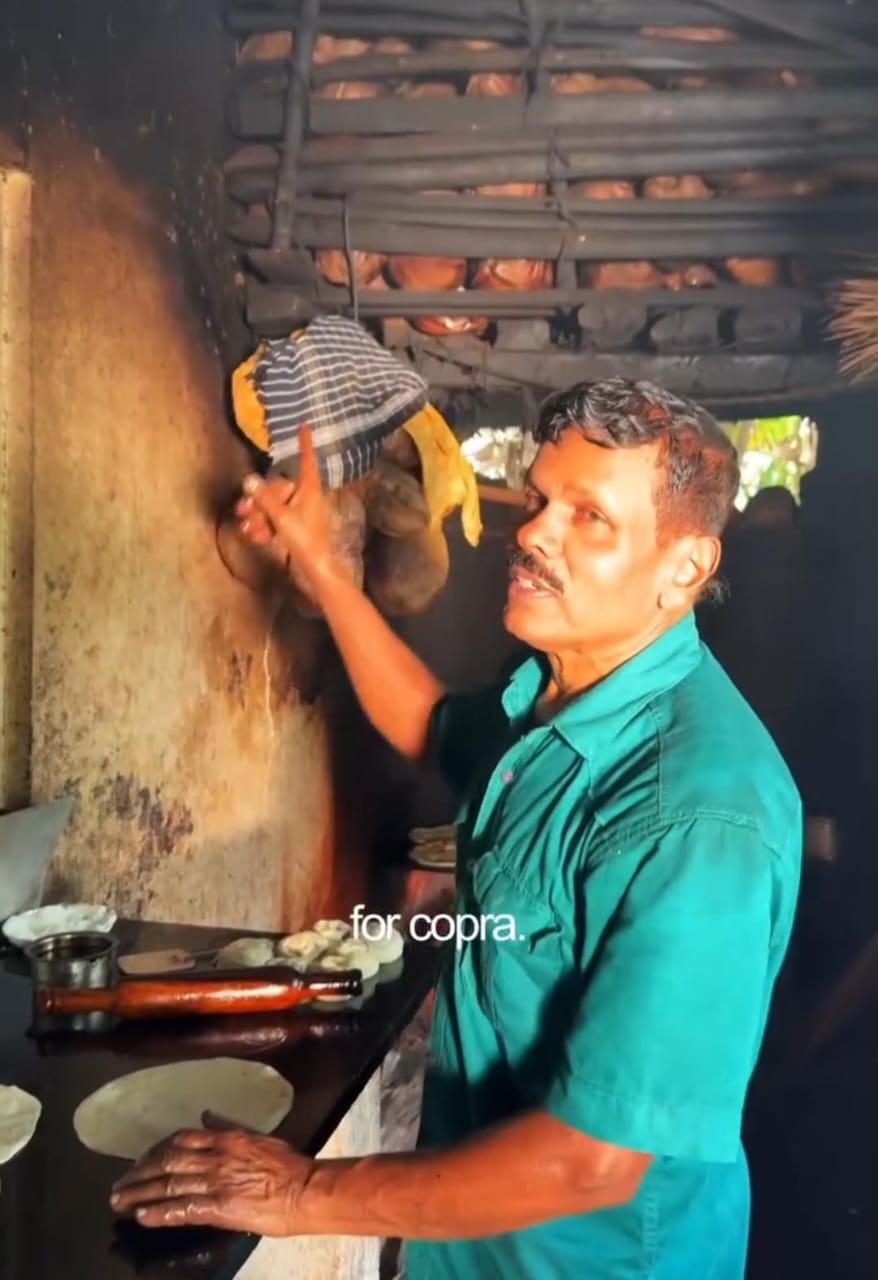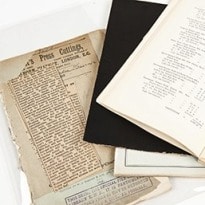Thousands of reports from capital's medical officers from 1848 to 1970s published online by Wellcome Library
If anyone offered to buy you an ice-cream from a London street vendor in 1914, the only safe response was to step away sharpish. From this week the horror stories recorded by the capital's army of medical officers are being published online by the Wellcome Library, and the ice-cream was anything but appetising.
"The itinerant ice-cream vendors are probably the filthiest tradesmen in London," the records note. "Their ice-cream is, or may be, made in the gutter, and the stain of its place of origin adheres to it throughout its existence.
"The use of the small conical glasses which are mouthed and sucked by children is most undesirable. For cleaning they are dipped into dirty water which contains the mouth secretions of previous buyers, swabbed with a small wet offensive duster and upended on a soiled barrow top.
"One itinerant attempted to improve upon this method by immersing his right thumb into this same nauseous water and rubbing it vigorously on the inside of the glass: he used no duster. Another was giving the final polish to his glasses by rubbing them inside and outside with his handkerchief into which he blew his nose. Still another cleaned out the form in which he made ice-cream sandwiches by licking it with his tongue."
The archive of thousands of reports from the medical officers who poked into the darkest corners of London life, uncovering disease, corruption, tainted and deliberately adulterated foods, and villainous slum landlords, begins in 1848 and continues into the 1970s. The Wellcome Library has digitised more than 5,000 and is placing them online with free access, which will allow researchers or the merely curious to peruse the underbelly of the capital street by street.
The library holds a further 70,000 reports covering the whole country, which it hopes to digitise later, supported by Jisc, the charitable foundation for digital technology and research.
The vivid reports often recall the works of Charles Dickens, but even the master of the Victorian deathbed scene might have blanched over the events at No 12 Graham Street West, near Hanover Square, in 1860 - an area which then as now had some of the grandest houses in London.
A man had complained about the appalling smell from a neighbour's room: it was so bad his wife "being far advanced in pregnancy, became nauseated and unable to eat her food". Dr Aldis investigated, and found "a dead body here in so offensive a state that it caused a nuisance throughout the house, from the widow frequently removing the lid to kiss the deceased ... Dr Aldis recommended the body to be covered in sawdust, and the lid to be screwed down immediately, which was done, and the burial took place soon afterwards."
In 1894 a medical officer went to the home of a gardener in Teddington, south-west London, who had contracted smallpox - from "unpacking plants coming from foreign countries", the medical experts concluded. The man was found a hospital bed in Highgate, 15 miles away, after being rejected by several nearer hospitals.
The man was sent to hospital, while at his house: "The bedroom occupied by the patient was at once disinfected. The inmates of the house (wife, child and lodger) were successfully revaccinated. The bedding, clothes etc were sent to a professional disinfector and some other articles were burned. The walls were stripped of the paper which was burned, and the room re-papered and whitewashed. The inmates were prohibited from leaving the house and the lodger was paid a fortnight's wages during his imprisonment. The Inspector of Nuisances took the necessary steps for the supply of the necessaries of life." The gardener eventually recovered.
Unsettling reports continued into the 1970s: the officer for the Port and City of London in 1978 reported fines for a decomposed chicken sandwich, a mouldy pork pie, adulterated whisky, a ham, tomato and cockroach roll, "foreign matter" in a doughnut, glass in a cake, "insect excreta and webbing" in a chocolate biscuit, and a worm in a Spanish omelette roll. He also enigmatically recorded an "unsatisfactory salmon sandwich" - sufficiently unsatisfactory to merit a £50 fine.
Many of the medical officers clearly relished the drama of the stories they were reporting, and filled out the bare statistics with rhetorical flourishes.
The very first medical officer for health, John Simon, wrote of the typical cesspit in a slum house: "in a very large number of cases it lies within the four walls of the inhabited house; the latter reared over it, as a bell-glass over the beak of a retort, receiving and sucking up incessantly the unspeakable abomination of its volatile contents. In some such instances, where the basement story of the house is tenanted, the cesspool lies - perhaps merely boarded over - close beneath the feet of a family of human beings whom it surrounds uninterruptedly, whether they wake or sleep, with its fetid pollution and poison."
Almost a century later, another officer described the introduction of "artificial sunlight" - ultra violet lamps - in a health centre in Barking, illustrated with a photograph of skinny London waifs, in swimming togs and sunglasses, standing in an apprehensive circle around a machine. He wrote: "the operation is only the start of a long voyage of treatment - the push from the shore which gives the boat a start - but it is the long patient pull which gets the vessel to the opposite shore." Dickens could hardly have done better.
Photo: Medical officer reports. Photograph: Wellcome Images





